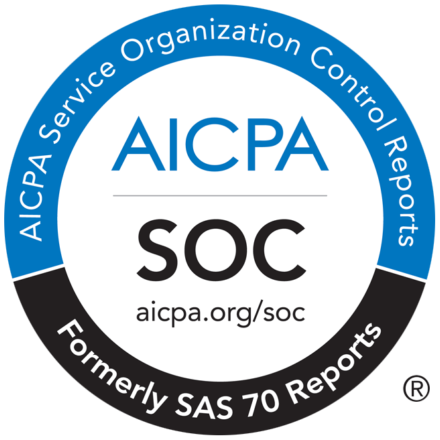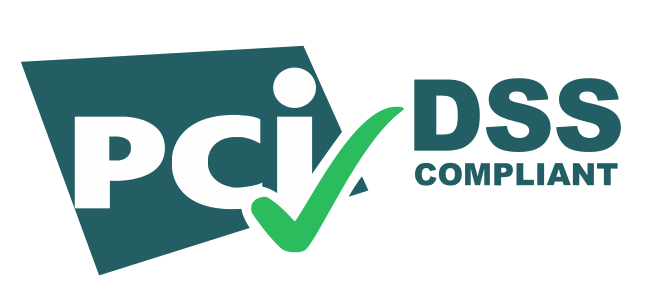We live in a digital era, where technology is constantly improving every day, making it important for us to stay updated. Businesses are running against the clock and efficiency is the name of the game. We have over time come across a number of inventions, which have improved our efficiency, and today we have come to a stage where tasks can be automated. Though there were various options to automate your tasks using macros and such, nothing beats the cutting-edge technology, that is artificial intelligence or AI for short.
AI is the buzzword in the branch of technology and science, and due to AI development, it has also worked its way up, thus being implemented in everything, including anti-plagiarism software.
Artificial Intelligence – The Next Big Thing
Why is artificial intelligence or machine intelligence earning so much popularity? To answer this question, you need to understand what an AI is, and how does it work. AI is automating a process or a task that normally requires human intelligence. In other words, programmers provide artificially made intelligence to a machine in order to perform a specific task. A prime beauty of this is unlike explicitly programmed software like a macro, an AI system has the ability to learn the task by itself.
The process of machine learning by itself is called machine learning. There are three types of machine learning algorithms that a programmer will use.
- Supervised Learning Algorithm: Under supervised learning, the machine learns to do the task with the help of a human. In this case the “help” means that there are some extra information or data provided to the data to ensure proper functioning. In most cases the data with which the AI system is to be trained is split into two different sets, where one is called the labelled set and the other the training set. The labelled set acts as a way for the AI to learn the patterns, while the training set trains the AI.
- Unsupervised Learning Algorithm: Unsupervised learning, as the name suggests, does not involve any human intervention. The AI trains itself with the data given to it. With every iteration, the AI tries to make the output as accurate as possible. As there are no labelled datasets for the system to follow, the only way for it to make accurate predictions is to find various patterns in the data given to it.
- Reinforcement Algorithm: This algorithm uses a “carrot or stick” policy in order to learn. In other words, for every correct prediction it makes, it gets a reward (carrot). On the other hand, if the artificial intelligence AI predicts the wrong answer, then it will receive a punishment (stick). By using this method, you are essentially making the machine learn from experience, and by making it interacting with various elements in its environment. Regardless of whether the answer is right or wrong, the AI will improve with each and every iteration.
How Does Implementing AI in Plagiarism Checker Help?
Plagiarism is a problem that has been plaguing content creators all over the world, and it has become much more difficult to spot them. Though there are tools to identify plagiarism, not all of them can cope with today’s standards. The current scenario requires plagiarism detectors with advanced features in order to counter the use of cheats, which are adding unrecognizable foreign characters or symbols that resembles the English alphabet and used often to throw off the regular plagiarism checkers.
An advanced plagiarism tool detects plagiarism by analyzing symbol patterns, which is not optimal in this situation. There are cases where these tools passed an article as original content, though it was plagiarized. This is why most developers implement AI technology into their plagiarism scanners. With the help of AI, the tools can find direct plagiarism as well as slight similarities in meaning and sentence structure. Apart from this, this intelligent system can identify the use of foreign characters, which are not detectable to the human eye. All these problems are prompted to the user in the plagiarism report prepared by the tool itself.
Various Features Provided by These Tools
Along with the amazing advantages of artificial intelligence, these online plagiarism checkersalso come with a lot of features. Some of the notable features are:
- URL Search: This is an older feature, but a useful one. Before the introduction of URL search feature, the only way people can search for duplicate contentis by pasting the content or uploading the file. However, this feature allows the user to check for plagiarism just by typing in the URL of the website.
- Text Compare Feature: This feature is especially useful for conducting plagiarism testamong two or more papers. In situations where you need to check a bunch of academic papers, you use this tool to make sure that none of your students have copied any content from each other. It also saves a lot of time as you do not have to switch out the content after each test.
- Code Checker: Plagiarism is not only present in articles and research papers, but also in programming. With abundant resources scattered across the World Wide Web, there is a very good chance to copy another person’s code. In order to counter this, you can use the code scanners as they allow plagiarism checking for any programming languages.
- Ignore Feature: As the name suggests, the ignore feature allows you to set what to ignore in the content. The tool allows the user to ignore things such as a specific word, sentences in quotation marks or even a specific symbol. The ignored items will not be flagged and does not appear in the report.
Plagiarism tools are constantly developed and improved upon every single day and computer scientists and experts are conducing largescale AI research. Owing to these reasons, it is safe to say that artificial intelligence will see a massive growth in the future. Therefore,

